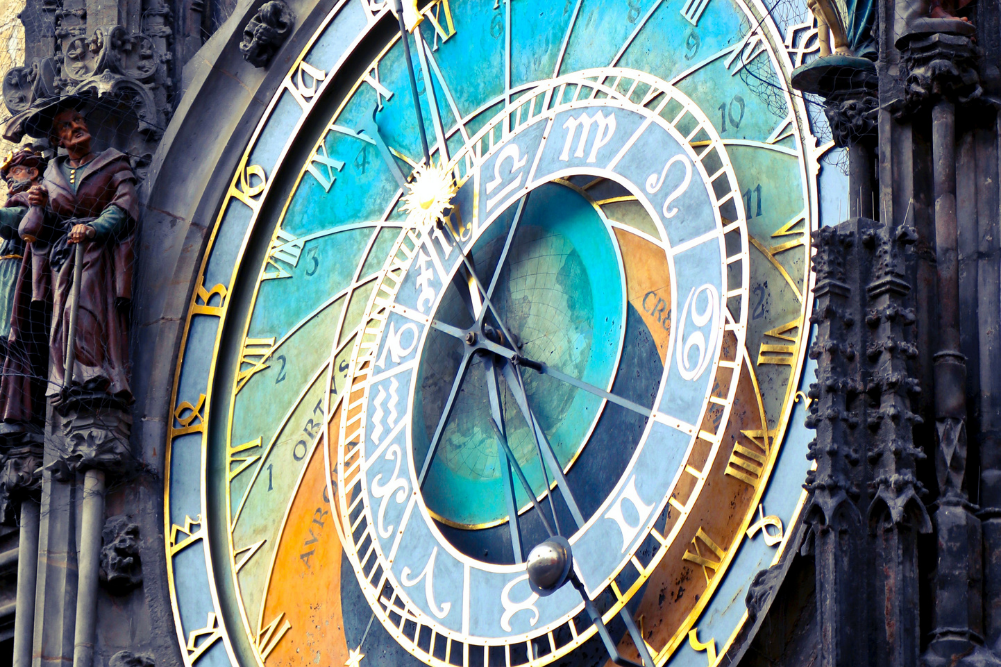Electional Astrology
This service helps individuals choose auspicious times for important activities, such as getting married, starting a business, or making significant life decisions. Astrologers identify favorable planetary alignments for specific events.
Electional astrology, also known as event astrology, is a branch found in most traditions of astrology according to which a practitioner decides the most appropriate time for an event based on the astrological auspiciousness of that time.[1] It differs from horary astrology because, while horary astrologers seek to find the answer to a question based on the time the question was asked, electional astrologers seek to find a period of time which will result in the most preferable outcome for an event being planned.
Branches
Elections, or predictions for auspicious times, are usually divided into three branches, which are used depending on the type of event being planned.
Radical elections
Radical elections rest on the assumption that an election should be performed primarily based on the natal chart of the querent or person for whom the election is being performed. An underlying assumption of radical elections is that, because each person was born under different astrological conditions, the most auspicious time to hold an event will be different for each.
Mundane elections
Mundane elections involve using prominent mundane horoscopes ("mundane astrology" is concerned with world affairs) in force at the time for which the election is made
Ephemeral elections
The most commonly used and distinctive form of election is the ephemeral election. These involve picking a date for an event based on the position of the celestial bodies in the sky at the moment of the event. Most of the time, when a person is talking about electional astrology, that person is referring to ephemeral elections.
They can be described as "an horary chart set for a certain time in the future.
Magical elections
Ephemeral elections have been used in ancient and modern times to make talismans and seals. These items were seen to be imbued with the qualities of the auspicious date during which they were made, and their instruction is commonly found in medieval literature.
